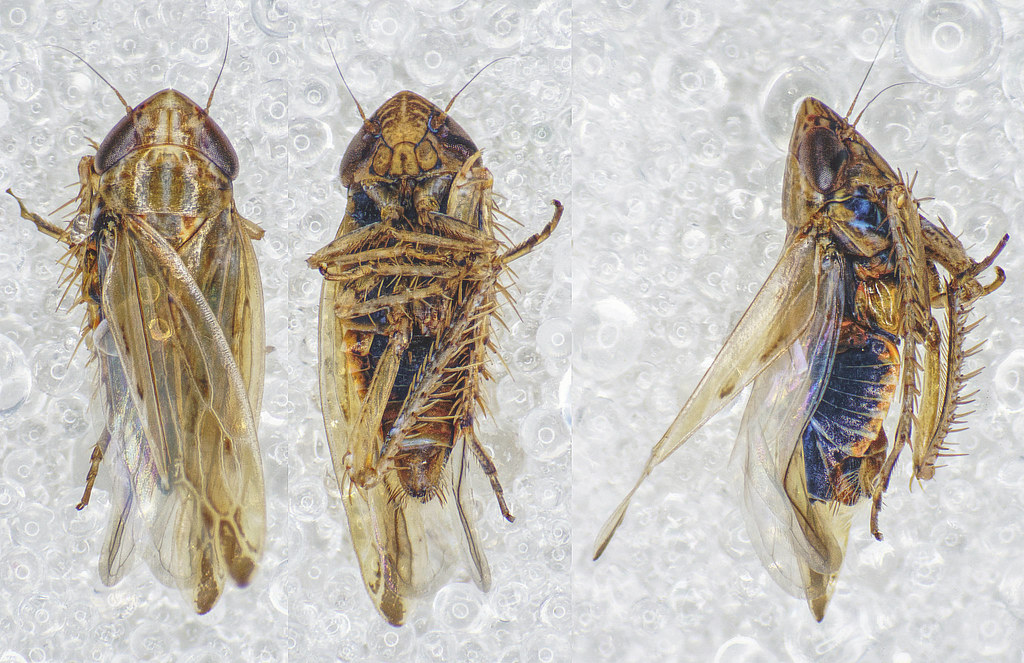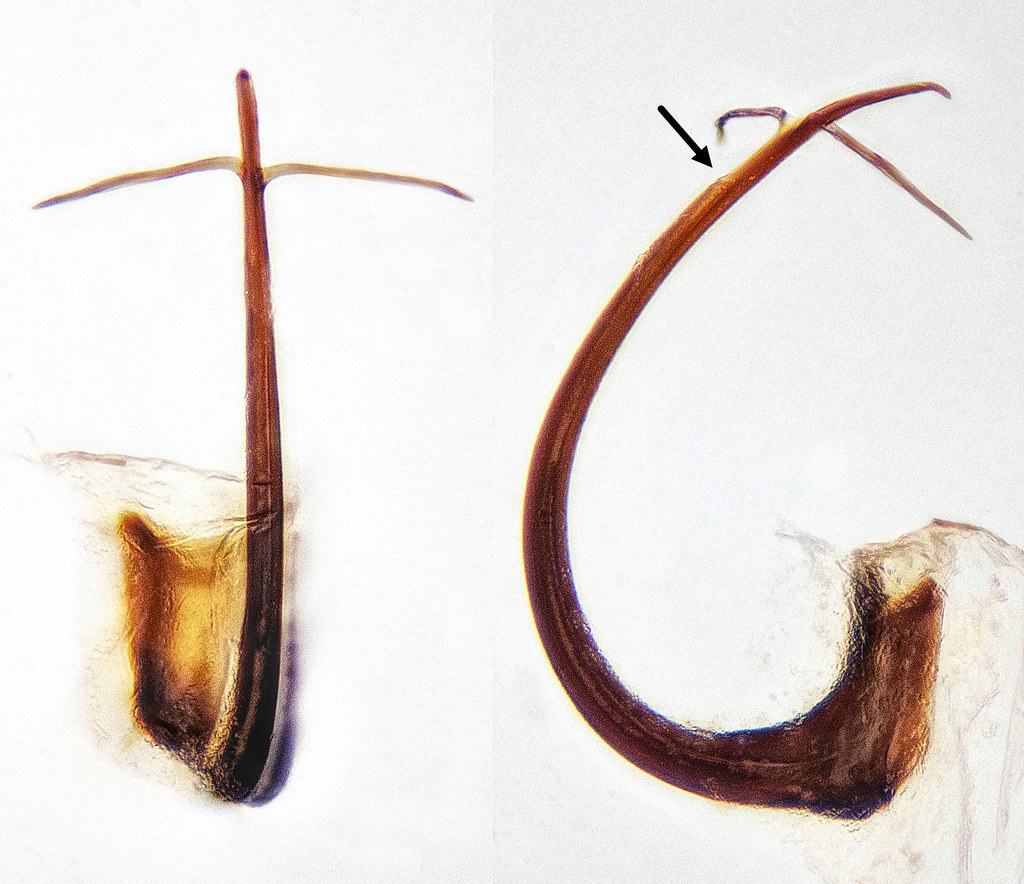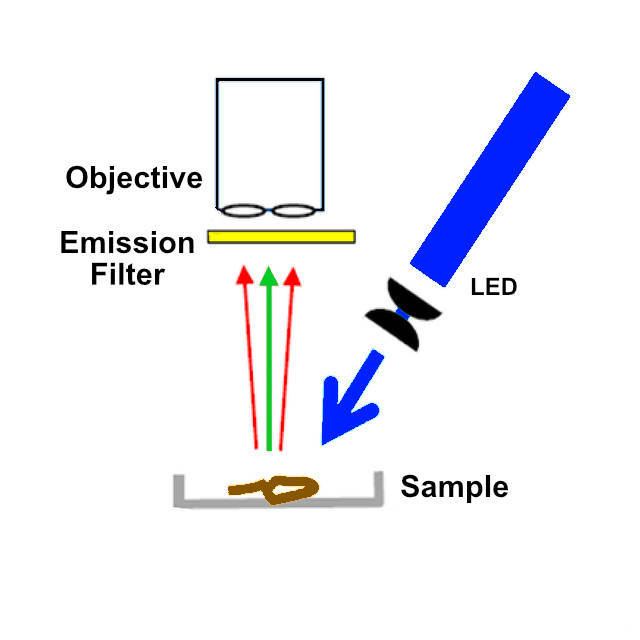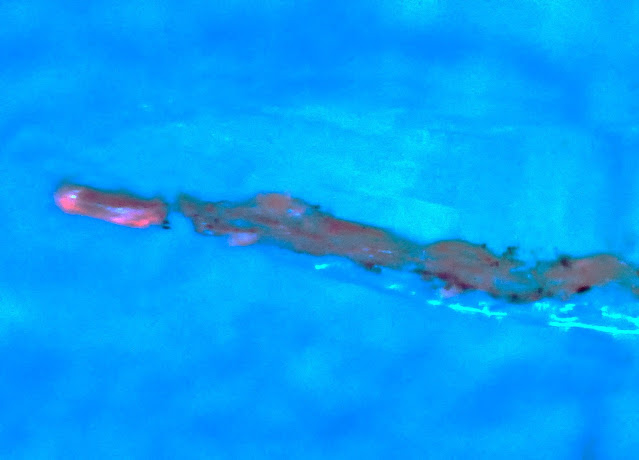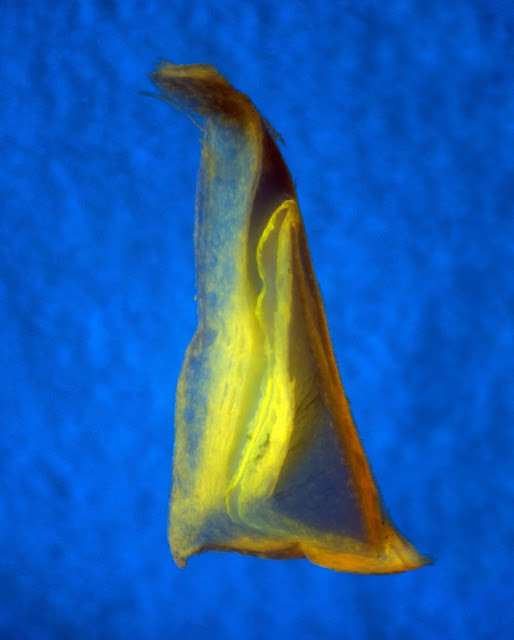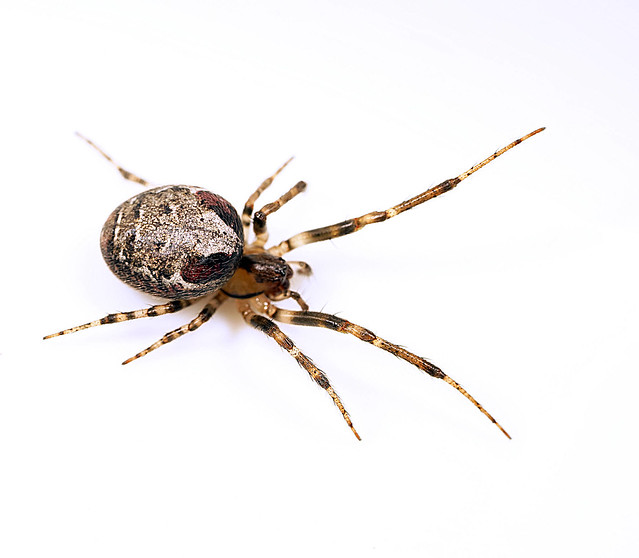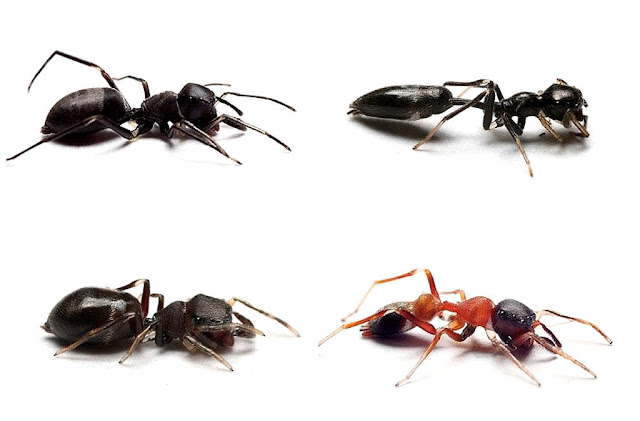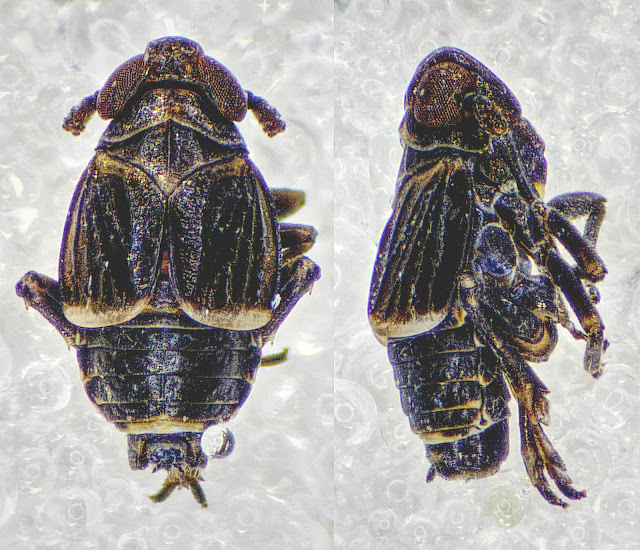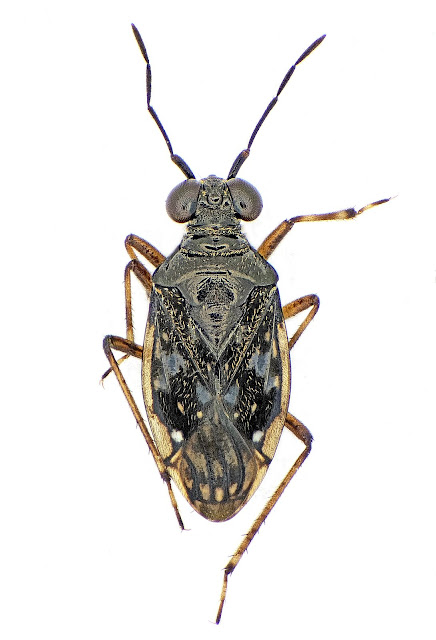I was sad to hear of the demise of Hinckley Natural History Society. In my opinion, it is unlikely to be the last. From reports I am hearing, most if not all local societies are struggling with static or falling membership and an ageing demographic. It would be easy - and wrong - to blame lots of things for this. As on the high street, Covid-19 may have provoked an immediate crisis, but in reality it has only accelerated trends which have been in place for some time. It would be even easier to blame "the Internet", but equally wrong, as anyone who has read Robert D. Putnam's 20 year old book Bowling Alone: The Collapse and Revival of American Community can testify. The colonisation of natural history by mass media has not helped. Millions are happy to sit on their sofas and watch the antics of cuddly wildlife on Springwatch, but few are prepared to get off them and drive to a chilly church hall on a February evening, or put their hands in their pockets to pay the annual subscriptions needed to fend off the costs of insurance and venue rental. If you're one of the stalwart band of officer holders of a Natural History Society, the tide of history was against you. The decline of social capital has been linked to the rise of political populism - an interesting theory, if impossible to prove.
At this point, I should pull the rabbit-shaped solution out of a top hat. Except that I don't have one. Amalgamation into ever larger umbrella bodies (South Leicestershire Natural History Society ... Leicestershire and Rutland Natural History Society ... East Midlands Natural History Society ...) cannot replace the involvement and engagement of local community. Virtualisation via websites, Facebook groups and Twitter accounts is a partial reprieve but not a substitute for what is being lost - we are told we are in an epidemic of loneliness. I wish I had an answer. The thing I am certain of is that the solution has to be innovative and engage a different demographic than "the way we've always done it" was able to, the Victorian/Edwardian model of monthly meetings in public halls. The solution will be divisive but to succeed, more people have to like it than were engaged with the previous model.
If they are not close enough to a major population centre to support their dwindling demographic, societies have two options - either abandon the concept of locality and go global (push the envelope, conduct original research, engage with national and international experts), or try to change their demographic appeal to stay local. Before there were scientific journals, business was conducted via learned correspondence between scientists. What about starting an email list or a WhatsApp group (and sticking with it over the long haul until it gains traction)? Before there were natural history societies conversations happened in coffee houses. How about about a regular date in a local Costa or Cafe Nero? Drop in Wednesdays? If people don't want to come to evening talks after a long day at work, what is it that they like about Springwatch? Organize a wildlife quiz in the local pub or nature-oriented walks? None of these may work and they all take effort, but the alternative is not palatable.
Miskell, L. (2016) Meeting places: scientific congresses and urban identity in Victorian Britain. Routledge:
"The promotion of knowledge was a major preoccupation of the Victorian era and, beginning in 1831 with the establishment of the British Association for the Advancement of Science, a number of national bodies were founded which used annual, week-long meetings held each year in a different town or city as their main tool of knowledge dissemination. Historians have long recognised the power of 'cultural capital' in the competitive climate of the mid-Victorian years, as towns raced to equip themselves with libraries, newspapers, 'Lit. and Phil.' societies and reading rooms, but the staging of the great annual knowledge festivals of the period have not previously been considered in this context. The four national associations studied are the British Association for the Advancement of Science (BAAS), the National Association for the Promotion of Social Science (NAPSS), the Royal Archaeological Institute (RAI) and the Royal Agricultural Society of England (RASE), who held annual meetings in 62 different provincial towns and cities from 1831 to 1884. In this book it is contended that these meetings were as important as royal visits and major civic ceremonies in providing towns with an opportunity to promote their own status and identity. By deploying a wealth of primary source material, much of which has not been previously utilised by urban historians, this book offers a new and genuinely Britain-wide perspective on a period when comparison and competition with neighbouring places was a constant preoccupation of town leaders."
